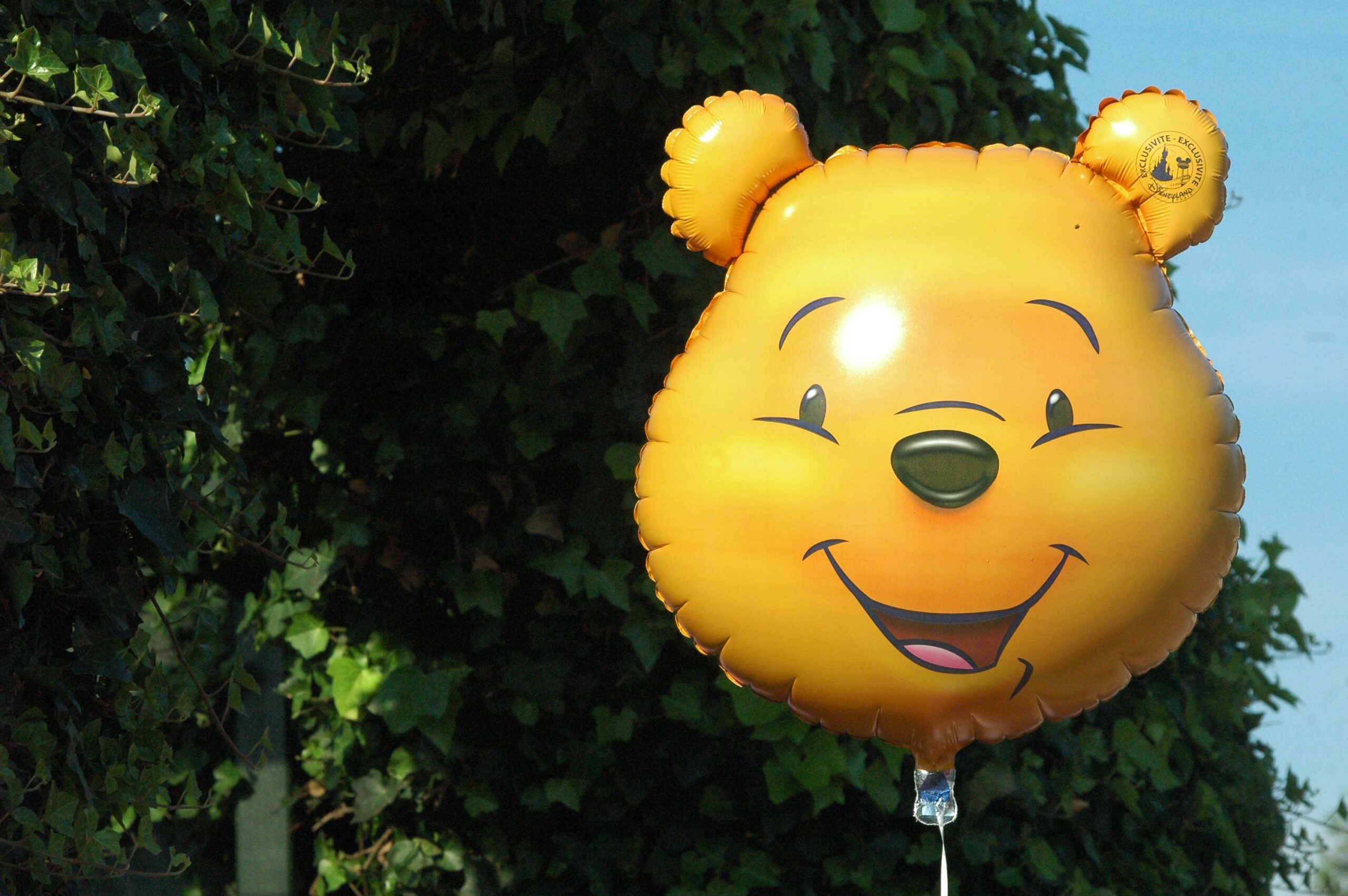
The Winnie-the-Pooh copyright expired in January of 2022, making the characters from that beloved book series available for use by the public. United States copyright laws protect ownership rights for 70 years after the creator’s death or 95 years after publication. One year after the conclusion of the 95-year copyright protection term ended for A.A. Milne’s original Pooh Bear story, on January 1st, 2022, other creators were free to use his name and image without the risk of copyright infringement.
Notable characters entering the public domain will become an increasingly common occurrence. Other famous characters to enter the domain for public use in the next decade – in some form or another – include Mickey Mouse, Popeye, Donald Duck, Flash Gordon, and King Kong. Everyone should expect to see individuals and businesses take advantage of valuable pre-existing IP in Hollywood and exploiting the characters they know and love.
The Walt Disney Company purchased licensing for film and other rights to Winnie-the-Pooh from the estate of A. A. Milne in 1961. They adapted the Pooh stories and released the bear sporting a recognizable red shirt with an unhyphenated name of Winnie the Pooh. The series would become one of Disney’s most successful franchises in history.
With Winnie-the-Pooh copyright entering the public domain, the adorable bear loved by a century’s worth of children is now featured in a horror slasher movie, Winnie-the-Pooh: Blood and Honey. The Pooh character is already internationally famous, and this low-budget project attracted much publicity that otherwise would have been impossible without the recognizable characters.
Winnie-the-Pooh: Blood and Honey raises the potential for copyright infringement action from Disney. The film creators hyphenated the name to avoid infringement issues. However, the red shirt he wears in the slasher movie remains trademarked by Disney. That may give The Walt Disney Company grounds for an infringement claim as the shirt makes Pooh distinguishable from the original shirtless Winnie-the-Pooh by Milne.
Everyone is waiting to see how Disney responds to the Winnie-the-Pooh horror flick and other derivatives. Only time will tell whether it will propel Disney to advocate for extended copyright protection and exclusive rights to the characters in the future. The company’s actions could lay out the path and predict the future of their most iconic characters as they approach entering the public domain.
Trademark law also includes protection from dilution, which refers to the use of trademarked works that are reasonably similar to other famous works. The association could confuse or diminish the perception of the original works and involves two principal harms. The first harm is blurring, which occurs when similar artistic works impair the distinctiveness of copyrighted material. The second is tarnishment, which results from similar works harming the trademarked work’s reputation.
Works from the 1920s (the time when a lot of pop culture had a national reach) are now entering the public domain and many of those characters are still present in today’s culture. Much of those creative works will be available in the public domain in the coming years and the legal response will likely have a big impact on intellectual property law. If you have concerns about your copywritten or trademarked material – or want to know which material is now in the public domain – call Lomnitzer Law and speak with our copyright lawyers about your next steps.